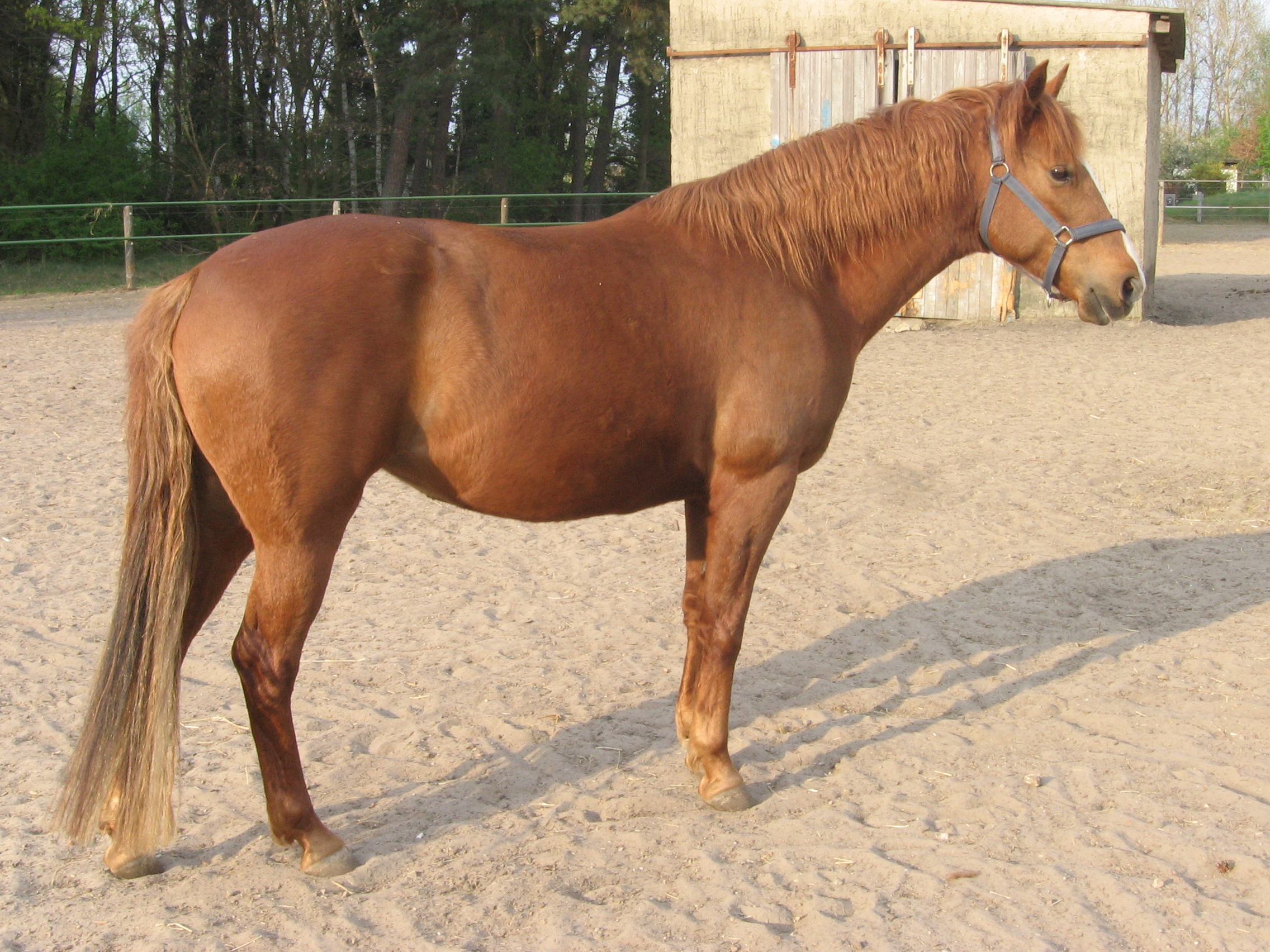The ancient Barb had its origins in Middle Asia. In fact, it was first established in the Fertile Crescent, which is is a crescent-shaped region containing the moist and fertile land of Western Asia and the Nile Valley and Nile Delta of northeast Africa. This must have been the ideal environment to raise horses in ancient times as the Barb thrived in the arid conditions.
The Berbers were the first people to use the Barb as both a mount and a war horse. They favored this breed so much that they took it with them as they conquered the lands around them. When they left a region, some of their horses were inevitably left behind and eventually bred with native stock. This founded several different breed throughout the area, some of which are still popular today.
Highly desired as a war horse, the Barb spread quickly throughout Europe and Asia. They remained the most plentiful along the northern coast of Africa. This was a rather central location for the breed and allowed many different countries and cultures access to them. The Moors used them to invade Spain. The Conquistadors took them to the New World where the Aboriginal people took advantage of their speed and stamina.
Throughout all of this, the Barb horse was mixing and mingling with other breeds along the way. The Thoroughbred, American Quarter Horse, Standardbred, and Mustang are among the breeds that have been influenced by Barb blood running through their veins. Unfortunately, there are few pure Barbs left in the world. Most of them were gathered up by Barb Horse Registry founder Richard Painter in the 1950s in an attempt to reestablish the breed. This effort has met with limited success.
The Barb is a stocky breed standing from 13.2 to 15 hands high. Its colors are many, but most common are palomino and dun. The Barb differs physically from most other breeds in that it has fewer lumbar vertebrae and only sixteen or seventeen ribs rather than the more common eighteen.
This ancient breed is known for its stamina and its loyalty to its rider. Today, the International Society for the Preservation of the Barb Horse & Barb Horse Registry makes an effort to preserve this horse that could be considered endangered.

No comments:
Post a Comment